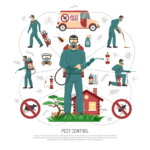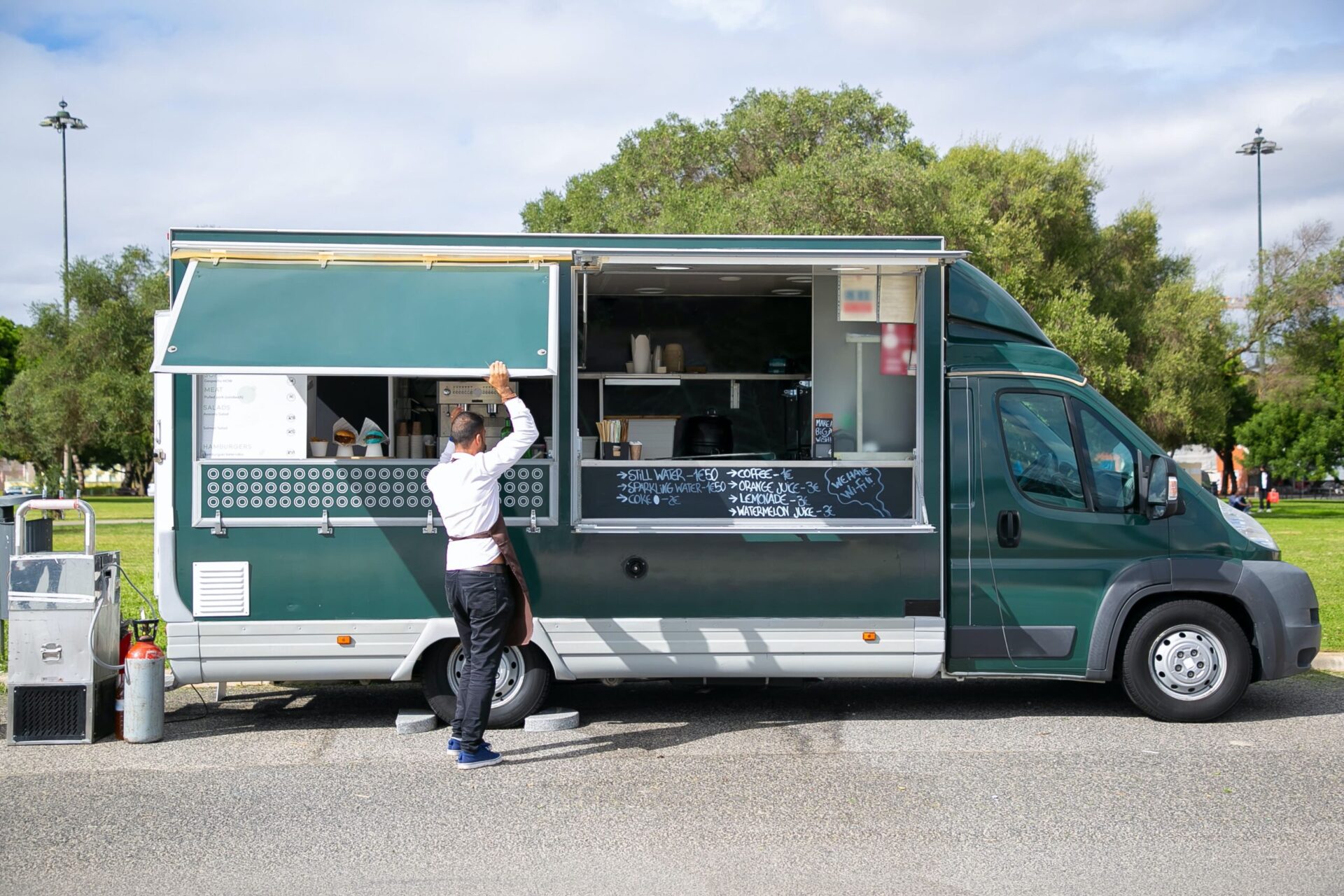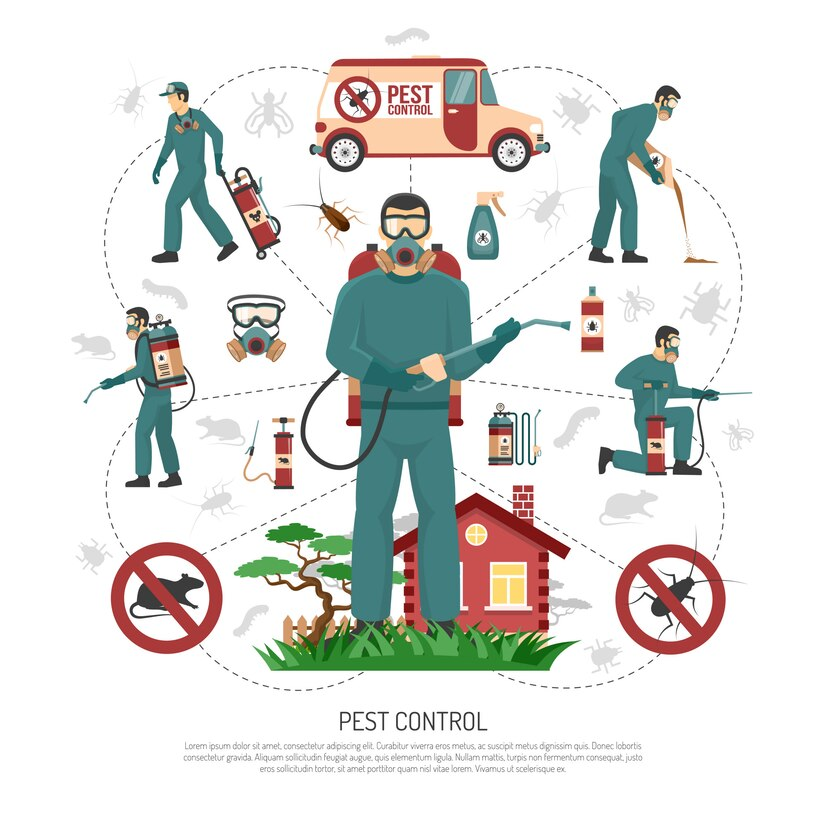Stable pallets are essential to moving products across the supply chain. More secure products prevent damages and employee injuries. Pallet load stability involves three main factors – packing, piling, and wrapping. It is essential for better product handling, few hazards, reduced product damage, and more efficiency across the secondary packaging facility.
Advanced technology has offered innovative pallet inverter or turner or exchanger models to reduce the stress associated with manual labor. Top Industries offer an array of pallet changer technology suitable for inverting & shifting to change pallets, insert/remove freezer spacers, etc.
Key factors to determine pallet load stability
Efficient packing
Reliable packaging solutions help to move loaded pallets rapidly across the facility. There are case packers designed for the fast changeover for massive production. Precise and tight case packaging creates suitable product stability for safe delivery. Reliable performance reduces downtime and repair needs. It means the production line keeps delivering stable unit loads every day.
Accurate stacking
A stable stacking needs consistency and precision to secure each load tightly. Automatic palletizers depend on great technology and enhanced controls to build reliable pallet loads. Use common frame systems and functionality to execute a complete palletizing solution suitable for your packaging line needs.
Secure wrapping
Semi-automatic and automatic stretch packaging machine wraps the unit load to keep goods stable and safe during transit. The latest technology offers wide control of the film stretch, wrapping speed, containment force, etc. You gain flexibility, accuracy, and control of the wrapping patterns. A feature like potent pre-stretch enhances film savings.
Dos & don’ts of palletizing for shipping
Pallets reduce the time associated with loading and unloading. Proper palletization prevents expensive freight damage connected with transit. To avoid handling the freight damage nightmare here are some dos and don’ts of box palletization.
Dos
Use slip sheets
Use a slip sheet to protect the cargo on the pallet’s bottom. It avoids compression strength and supports the boxes underneath.
Stack boxes
- By weight – Heaviest boxes have to be placed at the bottom to create a stable base layer.
- In columns – It means one package directly on the other. Placing them closer reduces damage risk. Different stacking patterns include block stacking, column stacking, and brick stacking.
Strapping
Strap the freight for a more secure and safe shipment. Plastic wrap or metal strapping helps to secure every piece weight more than 150 pounds to the pallet.
Stretch wrap
Stacking boxes in columns makes the load vulnerable to shifting. It is wise to apply stretch wrap with a machine or manually. It clings tightly, keeps items together, and supports large weight amounts.
Label
Print a visual of the proper pallet pattern. Label every shipment pallet including the address & contact details. If the items shipped is hazardous material then attach hazmat labels.
Don’ts
Neglect wide gaps
Wide gaps can reduce the potential compression resistance of a box, so double-check it for more stability and firmness.
Interlock boxes
Interlocking reduces the compression strength by 50%, which causes freight damage. Around 2/3rd of probable compression strength is in upright corners and edges, so stack boxes – corner to corner and edge to edge.
Stack in pyramid
Pyramid stacking appears stable but is less steady and secure in palletizing form. Top boxes are at high risk of toppling down.
Top Industries are on Twitter, where you can learn a lot about pallet exchangers’ efficiency and capabilities.












